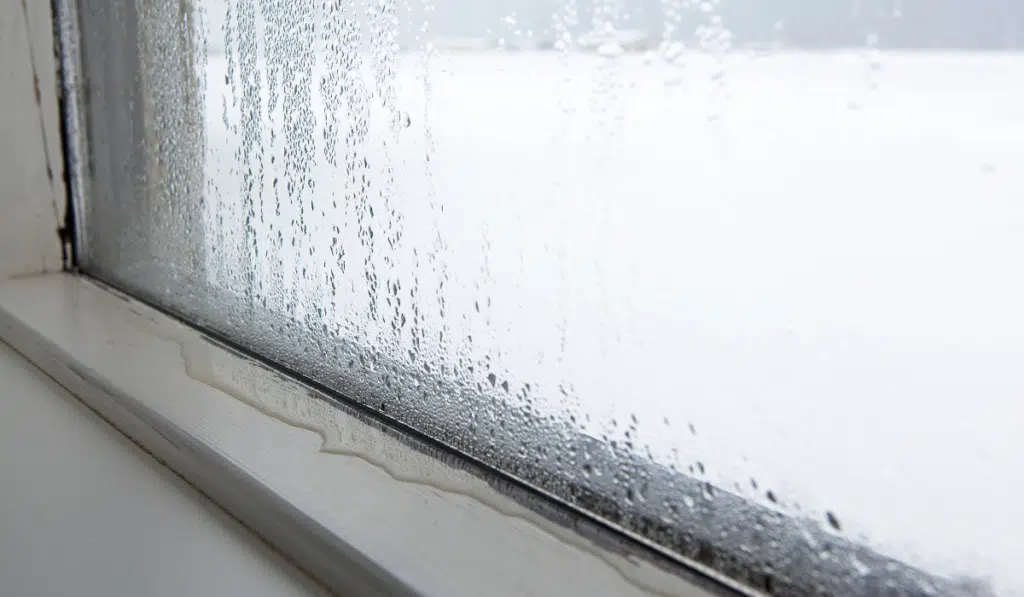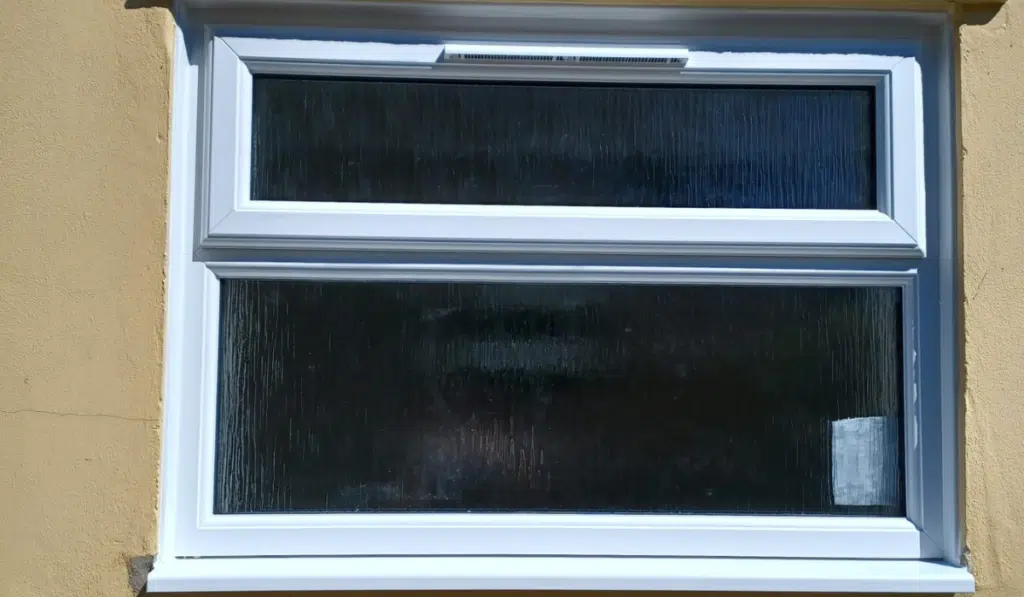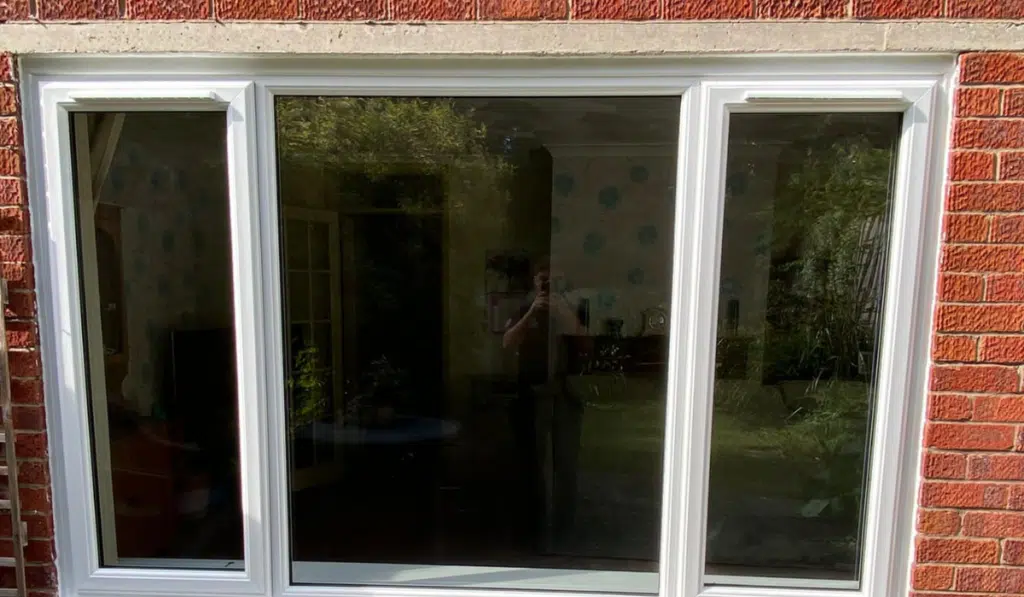3 Metre Bifold Doors
Bifold doors have become a popular choice for homeowners seeking a stylish and functional way to open up their living...
When you think of home improvements, your mind likely doesn’t first drift to ventilation. Yet, the air quality in your living environment can profoundly impact your health and the longevity of your home. Enter trickle vents – the often-overlooked heroes in the world of home ventilation. Understanding trickle vents is crucial for homeowners seeking to enhance air circulation, stave off dampness, and optimise energy efficiency.
In this comprehensive guide, we’ll explore the world of trickle vents, examining why they’re optional features and valuable components of modern home design. If you’re ready to bring a breath of fresh air into your living space, read on to discover the ins and outs of trickle vents and how they can revolutionise your approach to home ventilation.
What exactly are trickle vents, and why do they matter? Trickle vents are small, inconspicuous openings usually integrated into window frames or sashes. Their design is critical in bringing fresh air into your home, all without compromising security or letting precious warmth escape.
Trickle vents are more than just about letting a little air in – they’re an essential part of a balanced home climate system. They assist in air circulation, which ensures a healthy indoor environment.
Each component of home ventilation, from the layout of your property and the type of glazing you choose to the placement of trickle vents, should work in harmony to provide an optimal living atmosphere. But why is this so important, and what can trickle vents do that other systems can’t?

To truly appreciate the value of trickle vents, we need to grasp the range of benefits they offer.
One of the most significant advantages of trickle vents is their role in improving indoor air quality. Modern homes are increasingly sealed to save energy, but this trapping can lead to a build-up of pollutants, allergens, and even harmful chemicals. Trickle vents allow for controlled and continuous airflow, diluting these indoor contaminants and reducing the risk of respiratory problems and allergies.
Trickle vents can contribute to better energy efficiency in your home. Maintaining steady air circulation lessens the need for mechanical ventilation and excess heating or cooling. Efficient air circulation can help lower energy bills and reduce your household’s carbon footprint.
Trickle vents are also champions in the fight against condensation. By managing the moisture levels within your home, they help prevent the appearance of unsightly droplets on interior surfaces and, more importantly, deter the insidious advance of mould and mildew.

Understanding how trickle vents function is key to utilising them effectively in your home.
Trickle vents work on a simple principle of passive airflow. Wind pressure and temperature differentials work in tandem to draw stale air out and invite fresh air in. The vents are strategically designed so that even a slight breeze can create a circuit, ensuring continuous ventilation without drafts.
Trickle vents come in several forms, each with unique installation requirements and aesthetic considerations. The three primary types are:

With trickle vents, your living environment benefits from constant fresh air, promoting well-being and comfort. Stuffy, stale air becomes a thing of the past, setting the stage for a more pleasant home atmosphere.
Trickle vents require minimal maintenance. You don’t need to do anything more than would be included in your regular cleaning schedule. Basic upkeep ensures they operate at their best, giving you peace of mind with a simple appeal.
Proper placement is essential for the effective operation of trickle vents. They should be strategically positioned to maximise airflow and located in areas where dampness is most likely to occur, such as kitchens and bathrooms.
While design is important, the primary aim of trickle vents is performance. It’s crucial to prioritise vent types that effectively mitigate condensation and provide adequate air exchange, even if they’re not your first aesthetic choice.
You can fit trickle vents into existing windows, but it is hardly worth it. A slot must be cut into the frame to fit the vent, which would likely invalidate the warranty, and you risk permanently damaging the frame.
The Building Regulations Approved Document Part F was updated in June 2022 with a focus on improving ventilation in homes, especially as buildings are becoming more airtight. Background ventilation, like trickle vents in windows, ensures enough fresh air indoors and prevents condensation build-up.
When replacing windows that already have trickle vents, the new windows must also have vents of at least the same size to maintain adequate ventilation. It must be demonstrated that the new replacement windows won’t compromise ventilation for windows without existing trickle vents. Since newer windows are often more airtight, trickle vents are usually needed to ensure proper airflow.
Windows with a night latch feature, which allows them to lock partially open for ventilation, aren’t considered sufficient for background ventilation under the Building Regulations. Trickle vents are still required to meet ventilation standards.
You do not need trickle vents if you have a mechanical ventilation system with heat recovery.
If your home is a new build, you do need trickle vents.
If you are replacing windows in a home that already has trickle vents, then you need them in the new windows. They must be at least the same size as the old ones.
If you are replacing windows in a home that already has trickle vents, then you need them in the new windows, which must be at least the same size as the old ones.
If you are replacing windows in a home that does not have trickle vents, you need them in the new ones unless you can prove the new ones do not make ventilation worse. Your new windows are likely more airtight than the old ones, and you will unlikely be able to prove this.
Trickle vents benefit a home, so it isn’t worth fighting about unless there is a valid reason not to have them.
Our windows comply with building regulations, as you would expect from a reputable company.
Improving airflow in a home without trickle vents can be achieved through several alternative methods:
We promise never to share your details or to overwhelm you with spam. Opt out anytime.
Bifold doors have become a popular choice for homeowners seeking a stylish and functional way to open up their living...
When you invest in your home, you want to know that your money is well spent. You want to enjoy daily living with your...
Step into a world of timeless beauty and practicality with glass conservatories. These elegant structures seamlessly...